InPics: China’s chicken breeders boost agricultural development of Tanzania
InPics: China's chicken breeders boost agricultural development of ... Xinhua
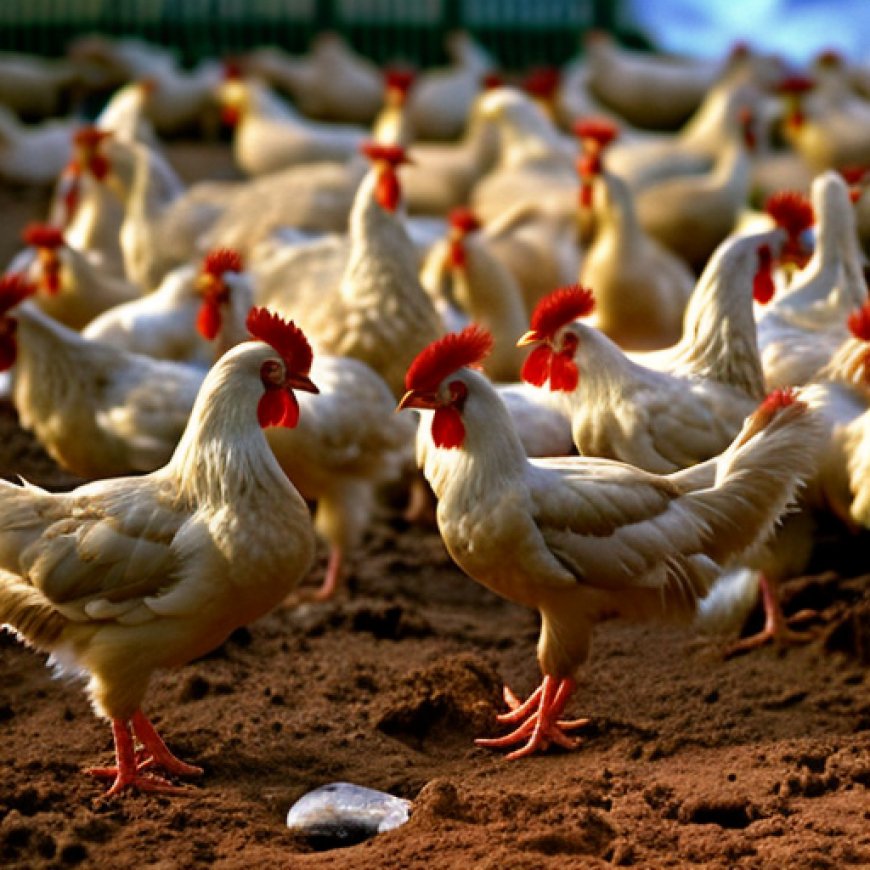
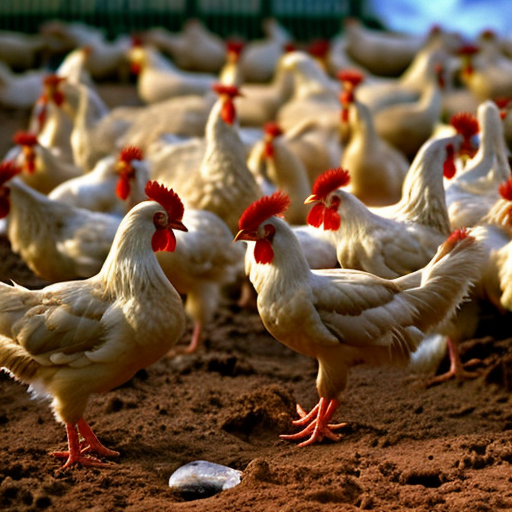
China Exports Chicken Breeders to Tanzania, Promoting Sustainable Development Goals
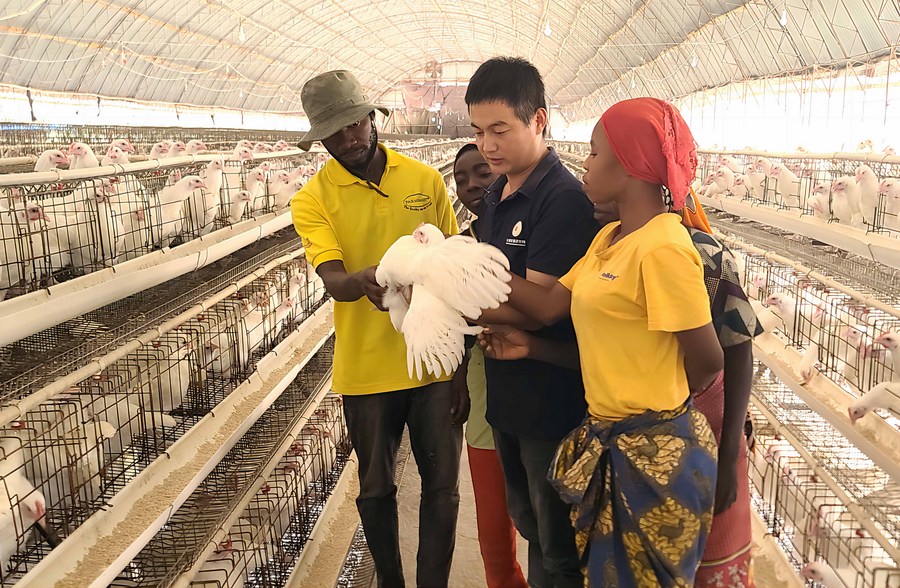
Introduction
In June 2023, Beijing Huadu Yukou Poultry Industry Co., Ltd. exported 15,500 high-yield layers and 1,000 white-feather broiler breeders to Tanzania. This marks the first time China has exported breeding chicken breeders to Tanzania.
Technical Guidance and Support
Before the export, staff members from the Chinese company conducted investigations on the environment, forages, vaccines, and other factors in Tanzania. They provided on-site technical guidance to local breeders upon the arrival of the poultry, ensuring successful implementation of the project.
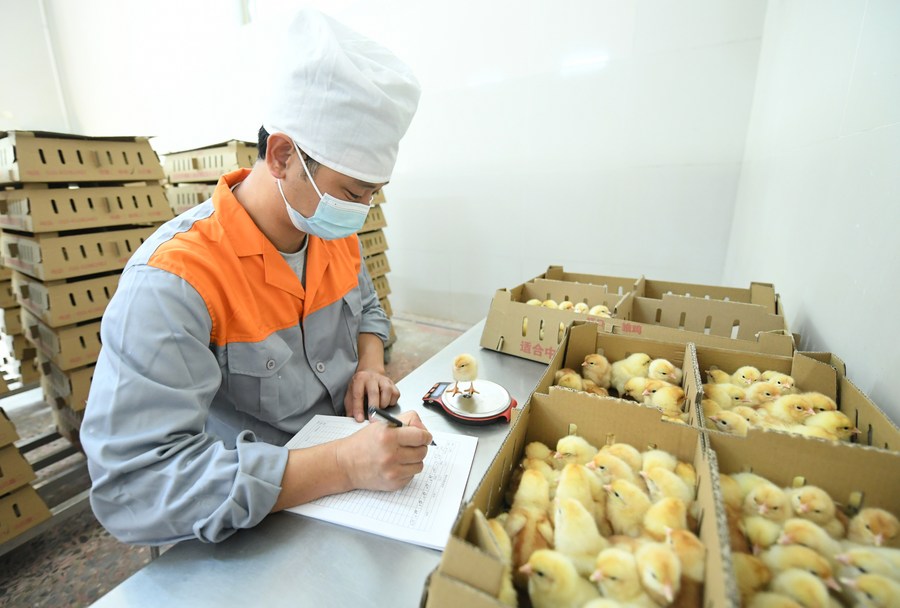
Quality Assurance
At Beijing Huadu Yukou Poultry Industry Co., Ltd., staff members carefully select and weigh chicks of the high-yield layer, ensuring the quality of the breeding stock.
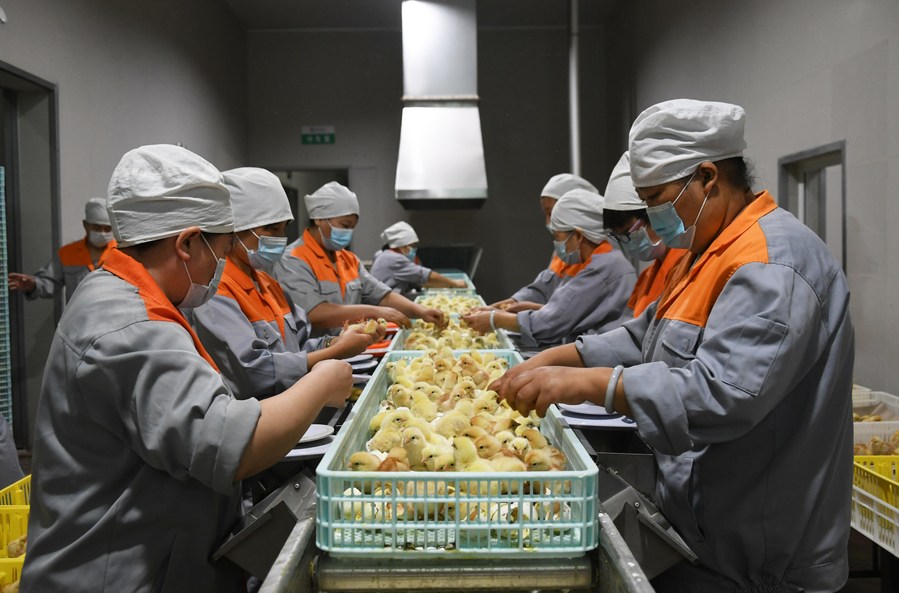
Egg Production Monitoring
Technicians at Beijing Huadu Yukou Poultry Industry Co., Ltd. regularly check and monitor the eggs to ensure their quality and productivity.
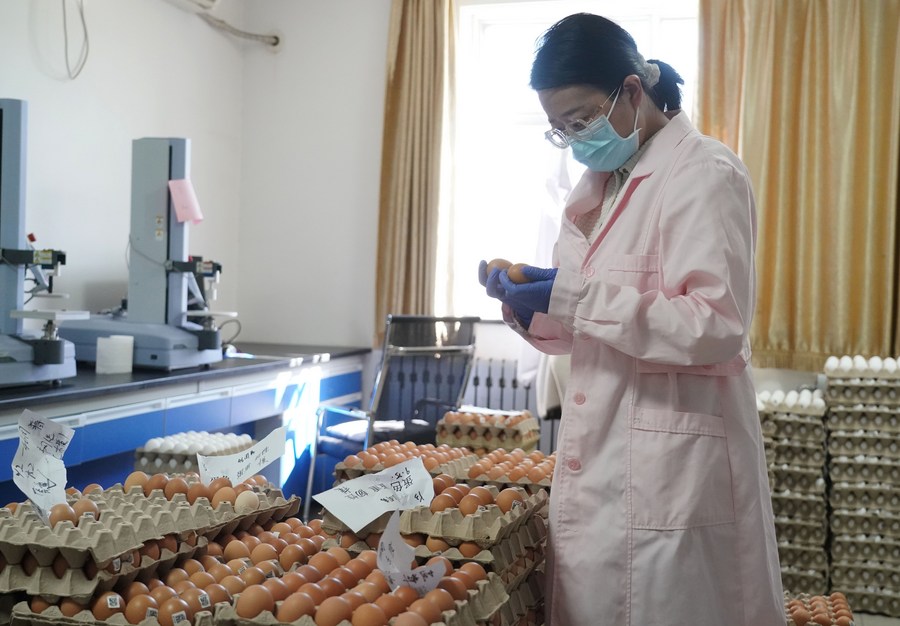
Research and Development
The company’s technicians work in a lab, conducting research and development activities to improve the breeding techniques and efficiency of poultry production.

Positive Impact on Sustainable Development Goals
The export of breeding chicken breeders from China to Tanzania aligns with several Sustainable Development Goals (SDGs). These include:
- SDG 2: Zero Hunger – By improving poultry production and breeding techniques, the project contributes to enhancing food security and reducing hunger in Tanzania.
- SDG 8: Decent Work and Economic Growth – The project creates employment opportunities in the poultry industry, promoting economic growth and sustainable livelihoods.
- SDG 9: Industry, Innovation, and Infrastructure – Through research and development activities, the project fosters innovation in poultry breeding techniques and contributes to the development of the agricultural sector.
- SDG 17: Partnerships for the Goals – The collaboration between Beijing Huadu Yukou Poultry Industry Co., Ltd. and local breeders in Tanzania demonstrates the importance of international partnerships in achieving sustainable development.
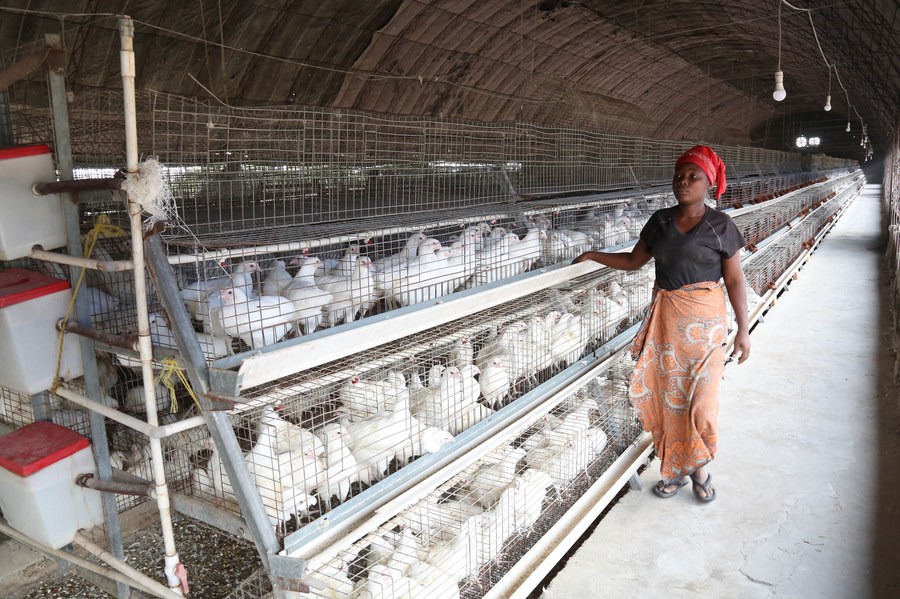
Technical Support in Tanzania
The Chinese technician, Wang Zhennan, provides guidance and support to local breeders in Tanzania, ensuring the successful implementation of the breeding project.
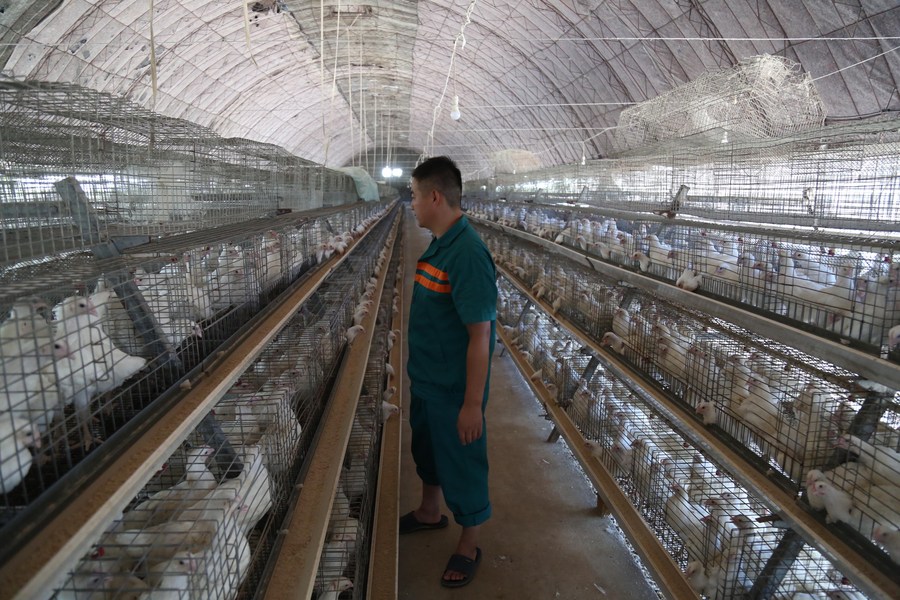
Overall, the export of breeding chicken breeders from China to Tanzania not only promotes economic cooperation between the two countries but also contributes to the achievement of various Sustainable Development Goals. It serves as an example of how international partnerships and technical support can drive sustainable development in the agricultural sector.
SDGs, Targets, and Indicators
-
SDG 2: Zero Hunger
- Target 2.3: By 2030, double the agricultural productivity and incomes of small-scale food producers, in particular women, indigenous peoples, family farmers, pastoralists, and fishers, including through secure and equal access to land, other productive resources and inputs, knowledge, financial services, markets, and opportunities for value addition and non-farm employment.
- Indicator 2.3.1: Volume of production per labor unit by classes of farming/pastoral/forestry enterprise size.
-
SDG 8: Decent Work and Economic Growth
- Target 8.6: By 2020, substantially reduce the proportion of youth not in employment, education or training.
- Indicator 8.6.1: Proportion of youth (aged 15-24 years) not in education, employment, or training.
-
SDG 17: Partnerships for the Goals
- Target 17.11: Significantly increase the exports of developing countries, in particular with a view to doubling the least developed countries’ share of global exports by 2020.
- Indicator 17.11.1: Developing countries’ and least developed countries’ share of global exports.
Analysis
The article discusses the export of breeding chicken breeders from China to Tanzania, highlighting the efforts made by Beijing Huadu Yukou Poultry Industry Co., Ltd. to ensure the success of the export. Based on the content of the article, the following analysis can be made:
1. SDGs addressed or connected to the issues highlighted in the article:
The issues highlighted in the article are connected to the following SDGs:
- SDG 2: Zero Hunger
- SDG 8: Decent Work and Economic Growth
- SDG 17: Partnerships for the Goals
2. Specific targets under those SDGs identified based on the article’s content:
The specific targets identified based on the article’s content are:
- Target 2.3: By 2030, double the agricultural productivity and incomes of small-scale food producers, in particular women, indigenous peoples, family farmers, pastoralists, and fishers, including through secure and equal access to land, other productive resources and inputs, knowledge, financial services, markets, and opportunities for value addition and non-farm employment.
- Target 8.6: By 2020, substantially reduce the proportion of youth not in employment, education or training.
- Target 17.11: Significantly increase the exports of developing countries, in particular with a view to doubling the least developed countries’ share of global exports by 2020.
3. Indicators mentioned or implied in the article that can be used to measure progress towards the identified targets:
The indicators mentioned or implied in the article that can be used to measure progress towards the identified targets are:
- Indicator 2.3.1: Volume of production per labor unit by classes of farming/pastoral/forestry enterprise size.
- Indicator 8.6.1: Proportion of youth (aged 15-24 years) not in education, employment, or training.
- Indicator 17.11.1: Developing countries’ and least developed countries’ share of global exports.
Table: SDGs, Targets, and Indicators
| SDGs | Targets | Indicators |
|---|---|---|
| SDG 2: Zero Hunger | Target 2.3: By 2030, double the agricultural productivity and incomes of small-scale food producers, in particular women, indigenous peoples, family farmers, pastoralists, and fishers, including through secure and equal access to land, other productive resources and inputs, knowledge, financial services, markets, and opportunities for value addition and non-farm employment. | Indicator 2.3.1: Volume of production per labor unit by classes of farming/pastoral/forestry enterprise size. |
| SDG 8: Decent Work and Economic Growth | Target 8.6: By 2020, substantially reduce the proportion of youth not in employment, education or training. | Indicator 8.6.1: Proportion of youth (aged 15-24 years) not in education, employment, or training. |
| SDG 17: Partnerships for the Goals | Target 17.11: Significantly increase the exports of developing countries, in particular with a view to doubling the least developed countries’ share of global exports by 2020. | Indicator 17.11.1: Developing countries’ and least developed countries’ share of global exports. |
Behold! This splendid article springs forth from the wellspring of knowledge, shaped by a wondrous proprietary AI technology that delved into a vast ocean of data, illuminating the path towards the Sustainable Development Goals. Remember that all rights are reserved by SDG Investors LLC, empowering us to champion progress together.
Source: english.news.cn

Join us, as fellow seekers of change, on a transformative journey at https://sdgtalks.ai/welcome, where you can become a member and actively contribute to shaping a brighter future.







